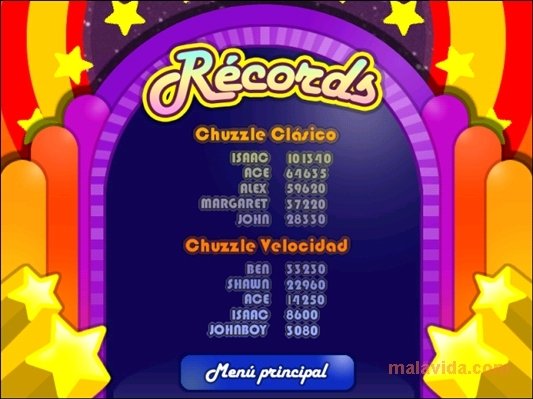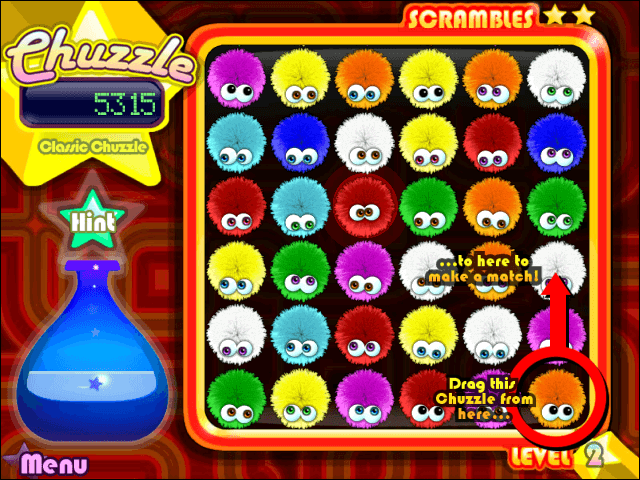

(7) The weights in the nichō-tempu tokei were automatically set for the correct time of day or night with the use of two governors or balances, called tenpu ( 天府).

(6) Constant weight and dial adjustments led Japanese clock makers to develop the nichō-tenpu tokei ( 二挺天府時計) or 'two-bar governor clock’, around 1780. (5) Foliot-controlled clocks, despite being widely replaced in Europe by circular-balanced clocks, were utilized in Japan due to their adaptability to the temporal hour system. The foliots of the clocks have several divisions allowing the user to set a relatively accurate rate. (4) These clocks, called wadokei, were built with different methods in order to follow the temporal hour system ( futei jiho 不定時法). A double escapement was designed by Japanese clockmakers in order to develop a clock that followed the uneven, traditional Japanese time schedule. The Edo period (1603–1868) saw the adaptation of Western techniques to form a unique method of clock making in Japan. (2) Christian missionaries were the first to instruct the Japanese on clockmaking in the Amakusa islands around the turn of the 17th century. (2) Japanese clock making was facilitated in the 17th century by missionaries living in Japan. Tsuda Sukezaemon is reported to have made a mechanical clock in 1598 after he had examined and repaired many imported clocks on his own.

Near the turn of the 17th century, the first Western-styled, mechanical clocks were produced by Japanese natives. Tanaka Hisashige’s man-nen dokei ( 万年時計). (2) The oldest surviving western clock in Japan dates back to 1612 it was given to Shōgun Ieyasu by the viceroy of Mexico (then New Spain). (2) Other missionaries and embassies soon followed, with a mechanized clock being given to Oda Nobunaga in 1569 and Toyotomi Hideyoshi in 1571 by Papal envoys, and two clocks given to Tokugawa Ieyasu, one in 1606 by a missionary and one in 1611 by a Portuguese envoy. Francis Xavier, a Spanish Society of Jesus saint and missionary, gave Ouchi Yoshitaka, a daimyō of the Sengoku period, a mechanical clock in 1551. (1) These clocks were used for another 800 years until the arrival of Christianity in Japan in the 16th century.Ĭhristian missionaries were among the first to introduce Japan to Western mechanical spring driven clocks. (1) The Nihon Shoki states that Emperor Tenchi made a water clock, or rōkoku ( 漏刻, literally ‘leaking’ + 'cutting, measuring’), in 660 and 671. History (edit)Ĭlocks have existed in Japan since the mid-7th century AD in the form of water clocks. Nevertheless, the Japanese clockmakers showed considerable ingenuity in adapting the European mechanical clock technology to the needs of traditional Japanese timekeeping.

The isolationist period meant that Japanese clockmakers would have to find their own way without significant further inputs from Western developments in clockmaking. Neither the pendulum nor the balance spring were in use among European clocks of the period, and as such they were not included among the technologies available to the Japanese clockmakers at the start of the isolationist period in Japanese history, which began in 1641. Tokugawa Ieyasu owned a lantern clock of European manufacture. These clocks were of the lantern clock design, typically made of brass or iron, and used the relatively primitive verge and foliotescapement. Mechanical clocks were introduced into Japan by Jesuitmissionaries (in the 16th century) or Dutch merchants (in the 17th century). Two separate foliot balances allow this 18th-century Japanese clock to run at two different speeds to indicate unequal hours.Ī Japanese clock ( 和時計, wadokei) is a mechanical clock that has been made to tell traditional Japanese time, a system in which daytime and nighttime are always divided into six periods whose lengths consequently change with the season.


 0 kommentar(er)
0 kommentar(er)
